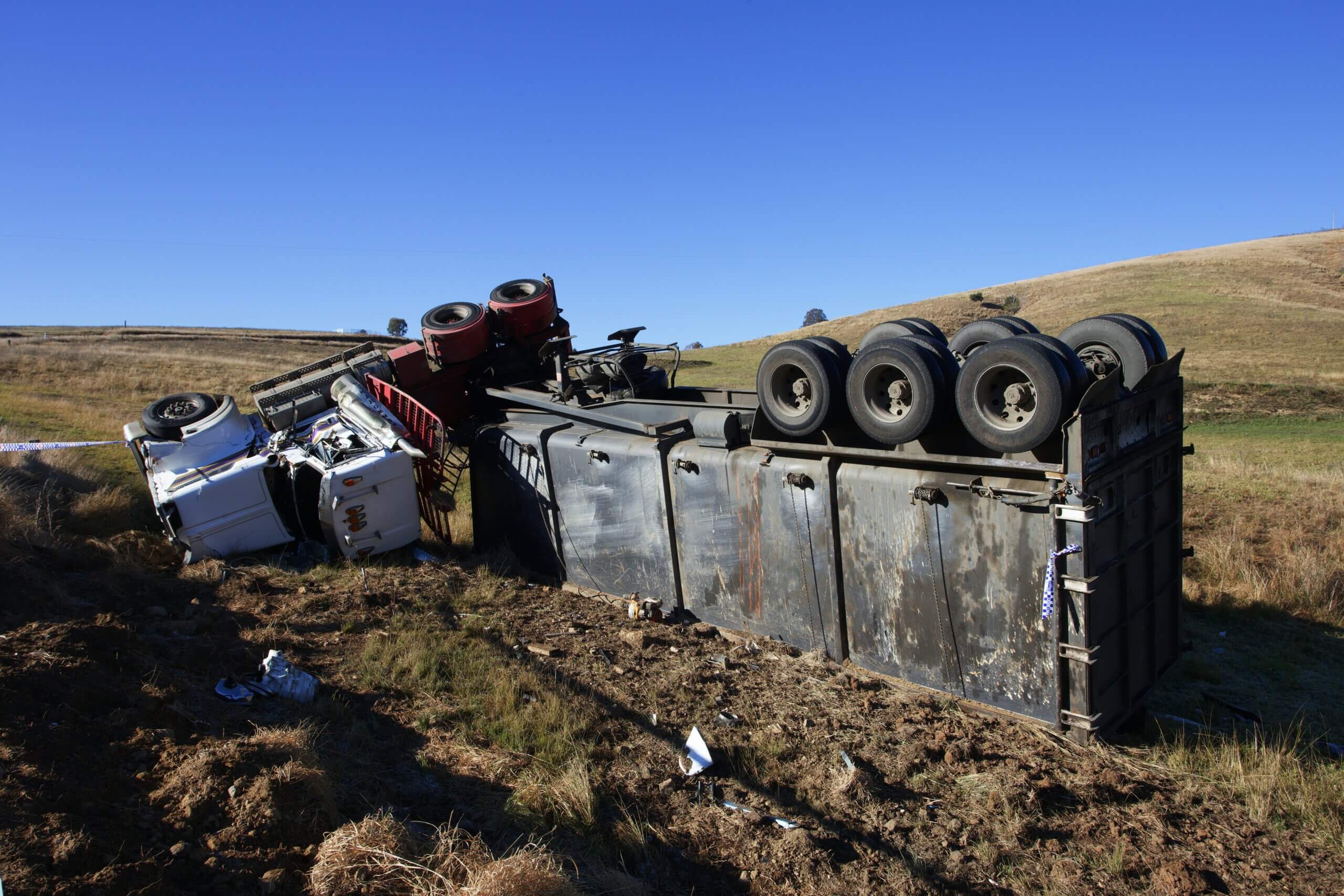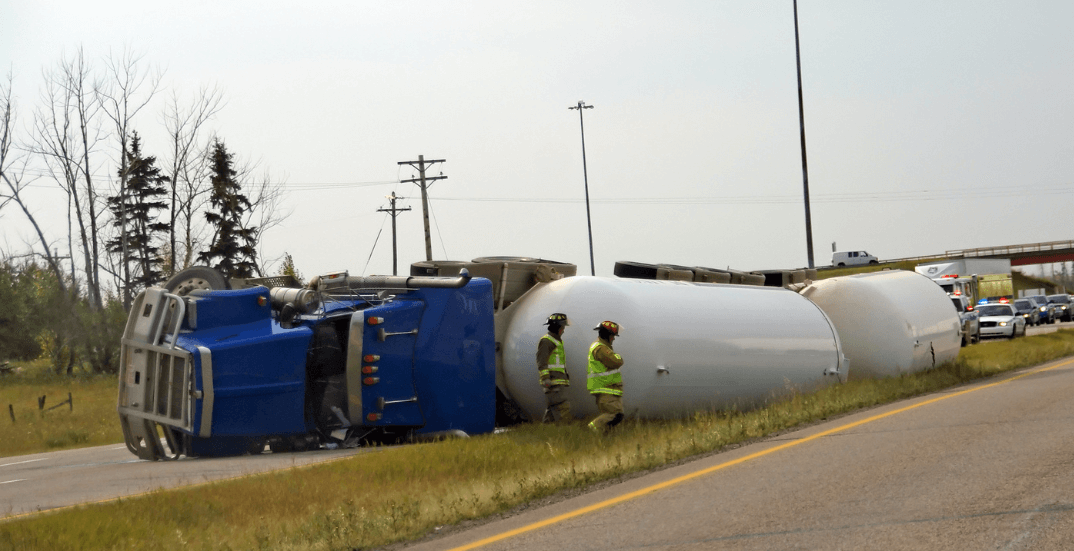
Partner at AKD Lawyers
Practice Areas: Insurance Claims

Distracted driving has become a serious safety risk on America’s roads. Research indicates that increased smartphone ownership, higher levels of traffic, and similar factors have led to a spike in distracted driving wrecks in recent years.
Distracted driving is particularly hazardous for truck drivers, who spend long hours on the road. Thus, they may be susceptible to distractions that can lead to catastrophic accidents. Anyone hurt in such a wreck should understand the legal ramifications of distracted driving and the role distracted driving may play in legal cases.
A distracted driver endangers everyone with whom they share the road. A momentary lapse in attention can have devastating consequences in truck accidents, resulting in major injuries due to the size of the vehicles involved.
The following overview explains how distraction affects truckers, the legal framework governing such distracted driving truck wrecks, and how victims can seek rightful compensation with the expertise of Alvendia Kelly & Demarest Law Firm.
Critical Differences in Responsibility and Impact
| Stakeholder | Responsibility | Impact of Distracted Driving |
|---|---|---|
| Truck Drivers | High responsibility due to vehicle size and cargo | Severe impacts, including increased risk of catastrophic accidents |
| Other Road Users | Relatively lower responsibility but high vigilance required | Vulnerable to serious injuries or fatalities in accidents |
What are the legal implications if a truck accident results from distracted driving?
Distracted driving can significantly affect liability and compensation in truck accidents. However, proving that distraction was a factor in a wreck requires a thorough investigation.
Understanding Distracted Driving in the Context of Truck Accidents
Distracted driving is a noteworthy issue in the trucking industry. It’s not uncommon for distraction among truckers to result in severe accidents and injuries. Understanding the various distractions truckers face is essential for effectively addressing safety concerns. Understanding these distractions and their roles in accidents may also help during legal proceedings.
Definition and Types of Distracted Driving
Distracted driving occurs when someone operating a motor vehicle diverts their attention to something other than the task. Distracted driving among truckers can be particularly hazardous due to their vehicles’ large size and weight. Common distractions include:
- Electronic Device Usage: Using smartphones or other electronic devices for navigation, communication, or entertainment.
- In-Cab Distractions: Adjusting in-cab controls, eating, drinking, or interacting with onboard systems.
- External Distractions: Events or objects that distract the driver from the road.
Statistics on Distracted Driving Among Truck Drivers
Recent studies and data highlight the dangers and prevalence of distracted driving in the trucking industry:
- Prevalence Rates: Motor vehicle wrecks resulting from distracted driving have grown increasingly common in the last decade. Experts believe this is partially due to smartphone and other mobile device usage.
- Impact on Safety: Distracted driving increases the risk of accidents several times compared to non-distracted driving, emphasizing the need for stringent controls and preventive measures.
“The National Highway Traffic Safety Administration reports that using electronic devices is six times more likely to cause an accident in truck driving than other distracted driving. Understanding and mitigating these distractions is crucial for improving road safety.”
Legal Implications of Distracted Driving in Truck Accidents
Understanding the legal implications of distracted driving in truck accidents is crucial when victims seek compensation for injuries and related losses after a crash. Laws and regulations specifically target this issue to enhance road safety and establish clear liability in the event of an accident.

Distracted Driving Laws Relevant to Truck Drivers
Distracted driving laws vary by state. However, federal regulations specifically address truck drivers due to the high stakes of operating large commercial vehicles. Vital legal points include:
- Federal Motor Carrier Safety Regulations: Prohibit truck drivers from texting and using handheld mobile phones while operating a commercial vehicle.
- State Laws: Many states have laws restricting phone use and other distractions for commercial drivers in addition to federal regulations.
How Distracted Driving Affects Liability
Proving a truck driver was distracted during or immediately before a crash can significantly affect the outcome of a truck accident case. Here’s how liability is influenced:
- Impact on Liability Determinations: If a truck driver is found to have been distracted, it can lead to an assumption of negligence, making it easier for the injured party to claim damages.
- Influence on Compensation: Establishing that distraction was a factor can also impact victims’ compensation by strengthening their case against the driver (and, potentially, the trucking company).
“In truck accidents, proving distraction can significantly shift the liability balance. This has an impact on the persons directly involved and establishes a standard for handling cases of a similar nature.”
Preventive Measures to Combat Distracted Driving
Preventive measures can theoretically reduce distracted driving among truck drivers. These strategies enhance road safety, help trucking companies comply with legal standards, and minimize liability risks.
Safety Technologies and Practices
Some trucking companies have adopted new technologies and practices to minimize distractions affecting drivers:
- Use of Advanced Driver Assistance Systems (ADAS): Technologies like lane departure warnings, automatic braking, and adaptive cruise control can help mitigate the effects of momentary lapses in attention.
- Blocking Software for Mobile Devices: Implementing software that turns off mobile phones while the vehicle is in motion can prevent drivers from using their phones while driving.
Role of Training and Policy Enforcement
Comprehensive training programs and strict policy enforcement are crucial for preventing distracted driving:
- Regular Training Sessions: Conduct regular workshops and seminars stressing the dangers of distracted driving and teaching strategies to avoid common distractions.
- Strict Company Policies: Establish clear and enforceable policies regarding the use of electronic devices and other distractions in the vehicle. Violations of these policies should carry significant consequences that discourage non-compliance.
“Adopting rigorous training and strict enforcement of safety policies are key measures that can dramatically reduce the risks associated with distracted driving in the trucking industry. Such initiatives save lives and protect companies from severe legal and financial consequences.”
Trucking companies can take these steps to create a safer driving environment and demonstrate a commitment to road safety. Both are crucial for their reputation and operational success.
Why Choose Alvendia Kelly & Demarest for Your Truck Accident Claim
Selecting the right legal counsel is essential in the aftermath of a truck wreck. This is particularly true if distracted driving is a factor. Alvendia Kelly & Demarest Law Firm stands out due to its extensive experience and commitment to justice.

Expertise in Truck Accident Litigation
Alvendia Kelly & Demarest has a track record of success handling truck wreck cases, especially where distracted driving is involved. Our lawyers are aware of the difficulties in these instances, from the intricacies of trucking regulations to the technicalities of proving distraction in court. Our approach is informed by:
- Deep Legal Knowledge: Because our attorneys are thoroughly familiar with the rules and regulations of the trucking industry, we can easily navigate the legal landscape.
- Experience with Technology-Related Evidence: We are adept at handling such evidence as electronic logging devices, mobile communications, and other in-cab technologies crucial in distracted driving cases.
Commitment to Justice and Client Rights
At Alvendia Kelly & Demarest, our commitment extends beyond legal victories. In addition to working tirelessly to hold irresponsible parties accountable to promote safer streets, our goal is to guarantee that our clients receive the compensation they are due. Our dedication is reflected in:
- Personalized Client Care: We treat each case with the attention it deserves, tailoring our strategy to each client’s unique needs.
- Advocacy for Safer Practices: Through our legal efforts, we advocate for improved safety standards in the trucking industry to prevent future accidents.
“Choosing Alvendia Kelly & Demarest means partnering with a team that not only understands the legal framework of truck accidents but is also dedicated to achieving justice for victims of distracted driving. Our expertise and commitment can make a significant difference in the outcome of your case.”
By entrusting your case to Alvendia Kelly & Demarest, you receive access to professional attorneys dedicated to attaining the best possible results, ensuring justice is served, and properly safeguarding your rights.
Resources
- National Highway Traffic Safety Administration (NHTSA) – Distracted Driving: The NHTSA offers comprehensive information on the dangers of distracted driving, including statistics and prevention strategies that are relevant to truck drivers and other motorists. Visit the NHTSA site .
- Louisiana Highway Safety Commission – Distracted Driving: This local resource provides statistics and information on distracted driving incidents in Louisiana, including initiatives aimed at reducing these accidents. Explore the LHSC site
Categories

In 2003, after being dissatisfied with the quality of legal care for victims of car accidents, Roderick ‘Rico’ Alvendia sought to establish a new firm focused on providing high-quality legal services to aid injured victims and their families. J. Bart Kelly, sharing Rico’s passion for upholding justice, joined the firm later that year, and established a partnership.






